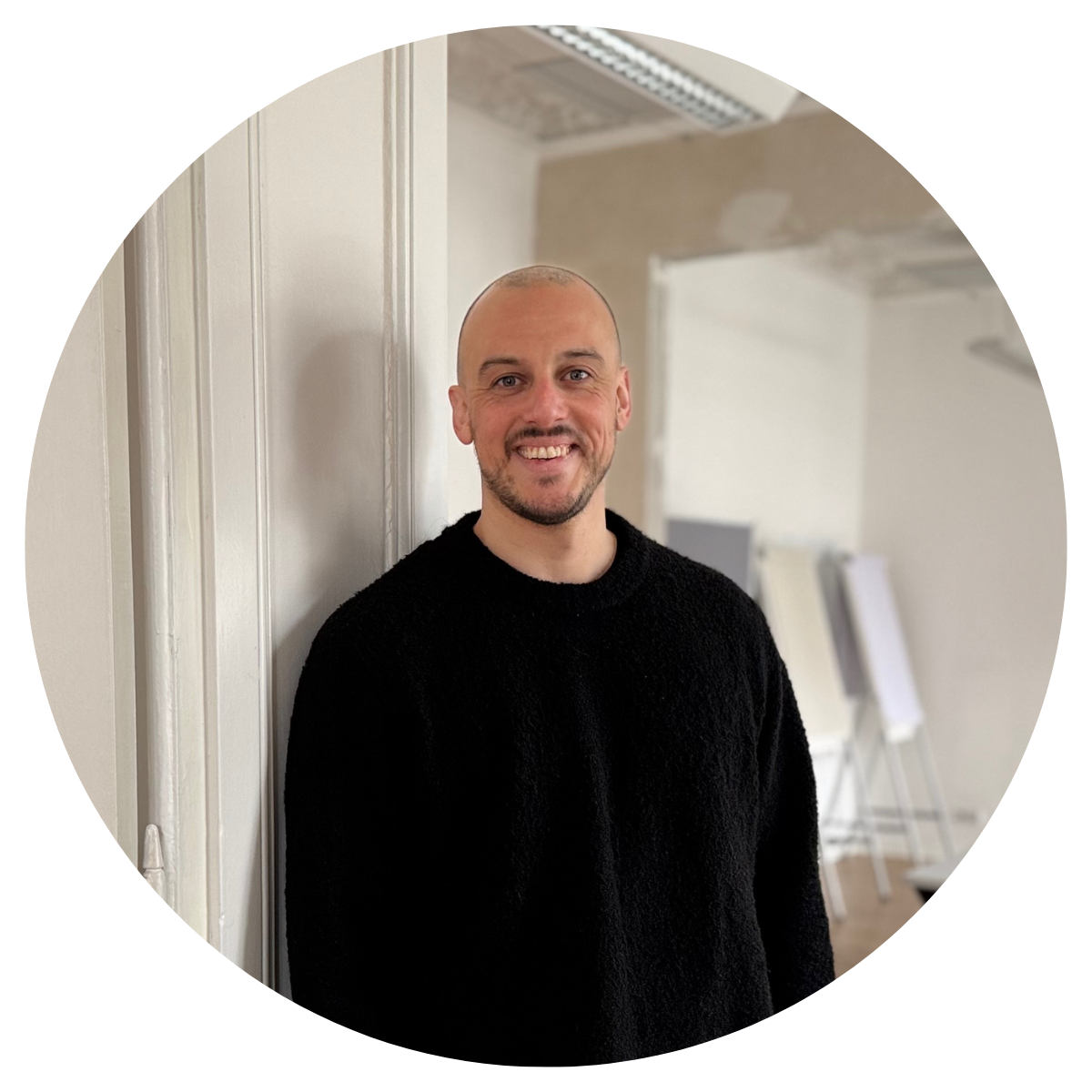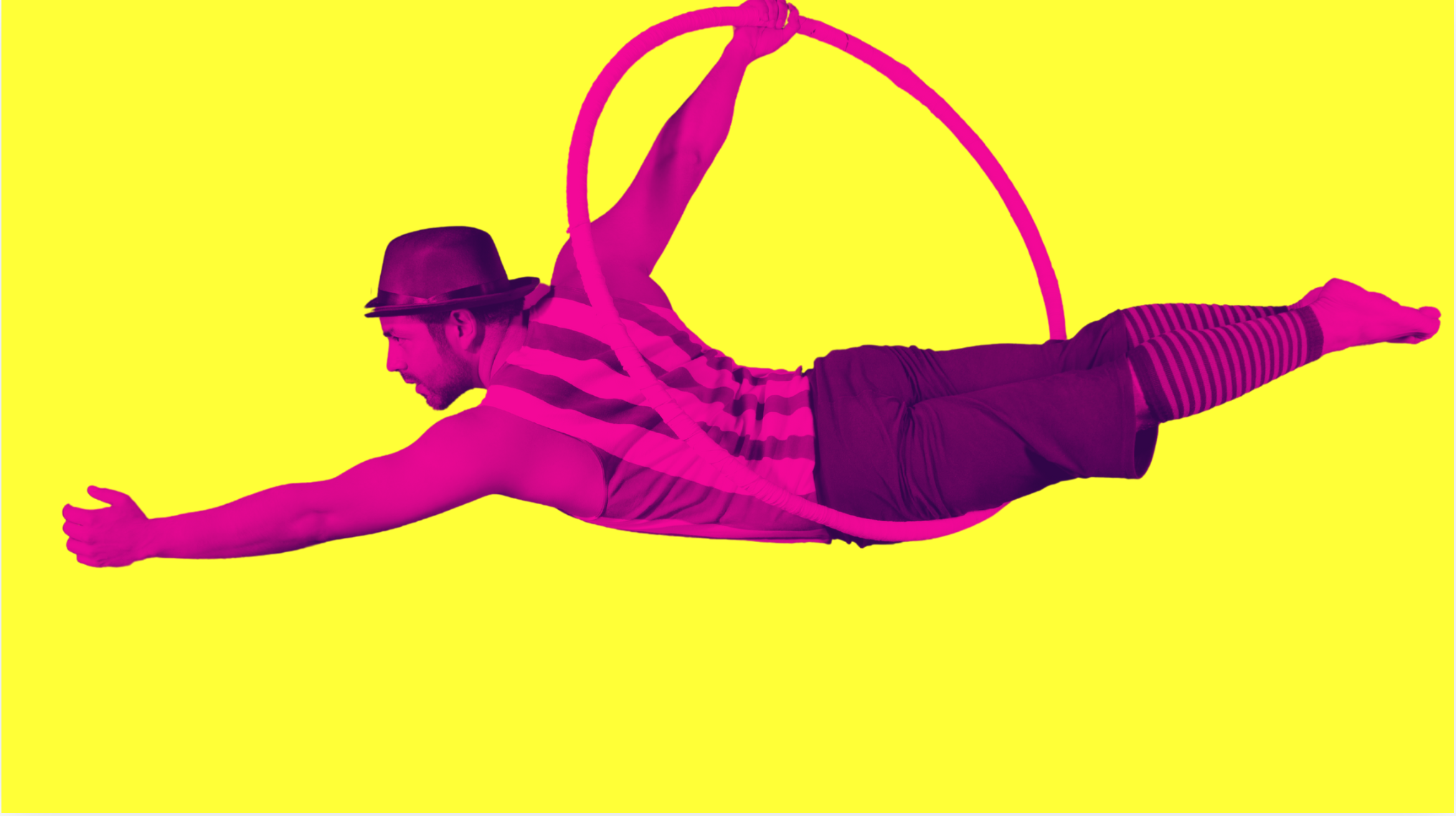Hierarchy with AI rather than everyone at eye level?

Companies promote flat hierarchies and a culture at eye level in order to attract skilled workers. That sounds very progressive and good for employees at first glance. But why do so many people still leave the company after a short time? Why is retention, i.e. retaining talent in the organization, still one of the major challenges? Why are there still more Stefans and Christians in German boardrooms than women? And can AI help to change things?
I think organizations need to be aware of three things:
- Flat hierarchies don’t eliminate the imbalances of power. Instead, they make them more difficult to grasp. They lead to power no longer unfolding on the basis of a fixed position, but finding its way more subtly. Through certain personality traits, for example, through the appearance, success or knowledge advantage of individuals.
- A culture at eye level can be an advantage for some employees and exclude others. The question is: who is on an eye-level with whom? A workforce of people with the same background, the same ethnicity, the same skin color, the same socialization is very likely to hold the same biases – consciously or unconsciously – against people who don’t fit in.
- In order to change organizational cultures, the structures must also change, i.e. the organizational framework: Processes, rules, sanctions, communication channels and criteria for selecting people to work in management positions.
How can AI technology make a difference here?
In order to change organizations and make them more attractive to many skilled workers (sidenote: by creating suitable conditions for parents and especially mothers, 840,000 vacancies could be filled immediately), the structure and culture in many companies must change in equally. Eliminating formal hierarchies is not the solution. It is much more important to fill leadership positions with the right people. With personalities who use their power (in the sense of influencing the actions, thoughts and development opportunities of other members of the organization) for the benefit of the people and the organization. Who lead empathetically and provide orientation and security instead of micromanaging and building up pressure.
Structures are designed to be self-perpetuating. Changing them means changing formal and informal rules, processes and communication channels. Therefore, it is not enough to say “We are committed to diversity and equal opportunities in the selection of applicants”. There needs to be an underlying operating system that defines the relevant processes in order to achieve greater diversity and equal opportunities. These could be quota regulations, regulations on leadership positions in part-time, a partially anonymized application process or new procedures for selecting talent.
Transforming the operating system
AI technology can help to change structures. It can change processes in such a way that human socialization and the accompanying biases become visible and have less impact on decision-making processes. It can make the abuse of power through informal or formal hierarchies less likely by backing up decisions with data and making them subject to objective evaluation. AI can help to break down stereotypical job classifications (women work in marketing and HR, men in IT and management). It can break down behavioral expectations (Stefan or Christian become managers and not Claudia) with the help of data. In organizational cultures that consider themselves to be “at eye level”, it can make deep-rooted biases and mechanisms that lead to discrimination or other harmful behaviour discussable and thus changeable.
Conclusion
A workshop on unconscious bias and the rainbow flag on a LinkedIn profile is by no means enough. Organizations that really care about equal opportunities, diversity and thus attracting talent, and that really want to tap into the entire talent pool available, need to look deep inside the organization and critically review their operating system. AI can act as a sensor and make structural shortcomings visible. At the same time, it gives companies the opportunity to design their rules, processes and communication channels fairly, transparently and – this time for real – on an equal footing.
Prof. Dr. Florian Feltes
Prof. Dr. Florian Feltes is co-founder and co-CEO of zortify and a forerunner in AI-supported HR innovation. Together with his team, he develops intelligent personality diagnostics and helps companies identify the perfect candidates—without expensive assessments and without bias. His vision: a world in which every company can effortlessly form high-performance teams and create work environments that allow human potential to flourish.


AI in HR: Overcome the fear, embrace the opportunities!

Employee analysis with AI: Make transparent what makes us transparent!
